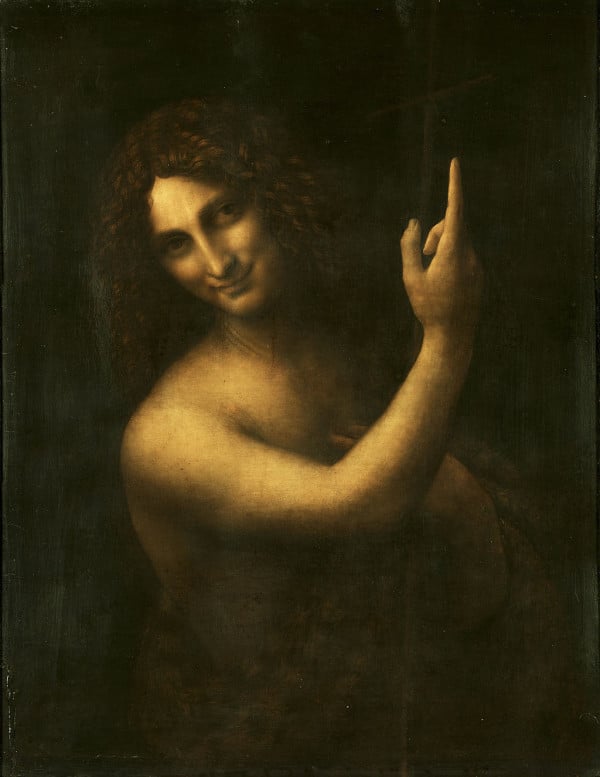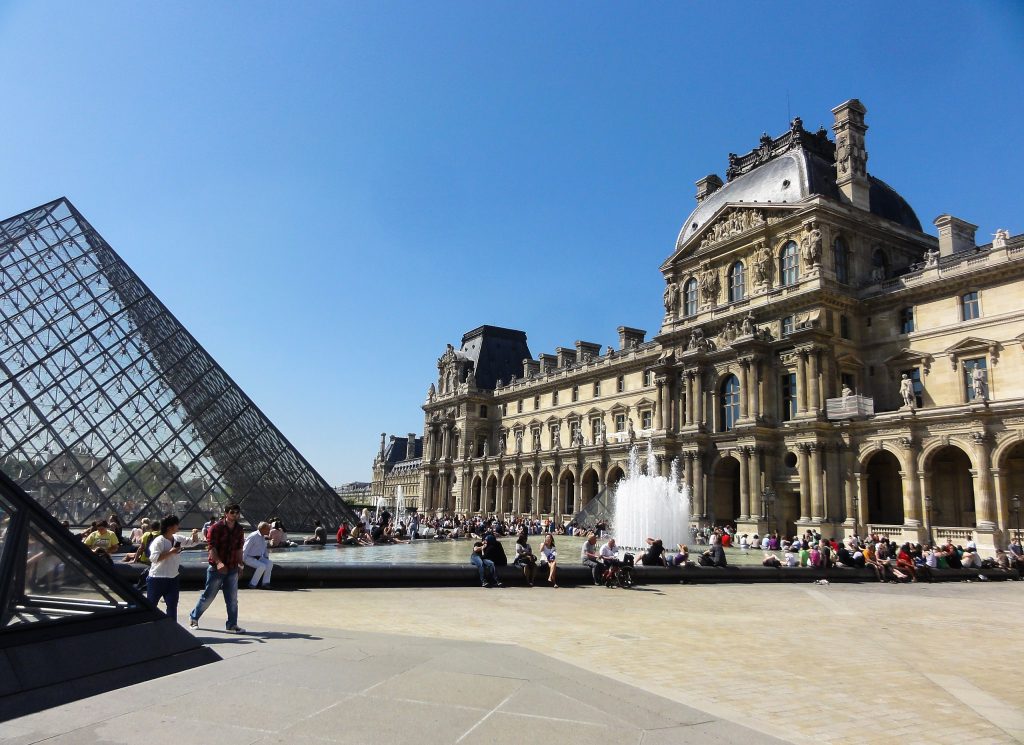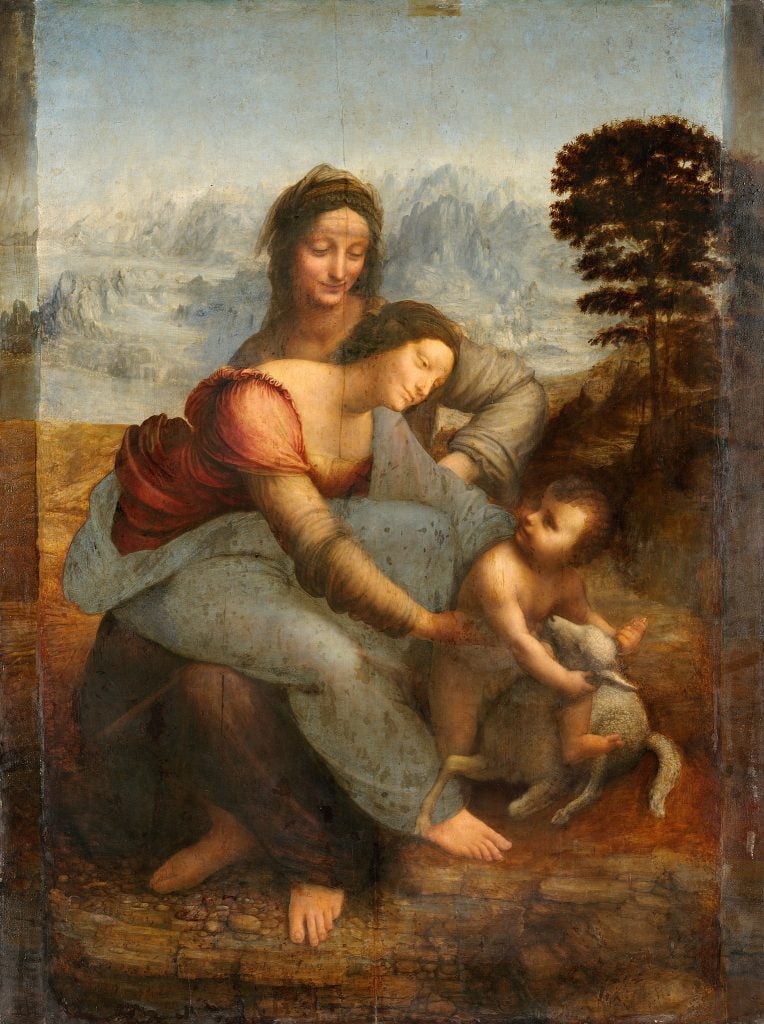Art World
Is the Louvre’s Restoration of This Leonardo da Vinci Masterpiece Safe?
World experts are concerned about the museum’s methods.

World experts are concerned about the museum’s methods.

Henri Neuendorf

Leonardo da Vinci’s St John the Baptist (1513) is being restored and it is causing a huge debate. The Louvre is currently preparing the restoration of the Renaissance masterpiece, in spite of criticism from some experts who have expressed concerns over the excessive lightening of other restored works by the beloved artist.
However, the Paris museum argues that the painting’s first restoration in over 200 years, due to begin this month, is necessary because the surface has darkened significantly since its last cleaning in 1802, according to the New York Times.
The museum argues that crucial details in St. John the Baptist, including a cross, a fur pelt, and individual hairs are in danger of becoming obscured over time as a result of of a darkening of the varnish that covers the painting’s surface.
The artwork, a study of light and shade that depicts the saint smiling, will be moved to the French museum restoration center where its progress will be monitored by a 10-member team of international experts.

The Louvre Museum, Paris. Photo by Guillaume Speurt, Creative Commons Attribution-Share Alike 2.0 Generic license.
“The details are in the shadow now, while 10 or 20 years ago they were more visible,” Vincent Delieuvin, chief conservationist for Italian renaissance art at the Louvre told the Wall Street Journal.
There are only 14 known paintings attributed to Leonardo left around the world, five of which hang in the Louvre, causing extensive public debate when the cleaning of any the remaining works is proposed.
In 2012 the cleaning of Leonardo’s The Virgin and Child With Saint Anne (1503) was so divisive that two art conservation experts on the panel advising the restoration, resigned in protest over the methods of the restoration.

Leonardo da Vinci, Virgin and Child with Saint Anne (ca. 1503). Collection of the Louvre, Paris.
Experts opposed to the restoration say that there is a risk that the restoration could irreparably alter the way the artist intended the work to appear.
“I don’t oppose the removal of the latest layers of varnish, but I’m concerned they may go too far and touch original material, which could be vulnerable to the solvents used in the process,” Jacques Franck, a consulting expert at the Armand Hammer Center for Leonardo Studies at the University of Urbino explained to WSJ. “The aesthetics of the image were meant to be blurry and dark.”
The museum insists advances in conservation techniques have rendered such concerns baseless. “What we want is to reduce the varnish layers, said Sébastien Allard, head of the Louvre’s department of painting to WSJ. “The doctrine at the department is prudence and pragmatism.”